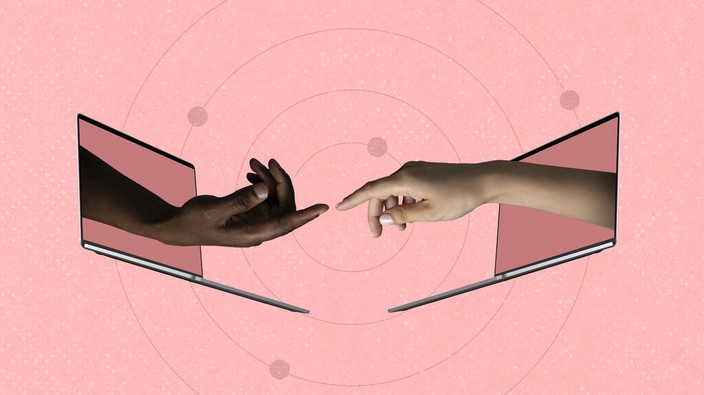more treatment options are needed for canada’s vulnerable
“what we’ve learned about the pandemic is that it has been affecting some people more than others,” says mcintyre.
individuals with bipolar disorder and schizophrenia were at a greater risk of decompensation over the pandemic, or a breakthrough of symptoms. when symptoms of mental distress return, emergency services and/or hospitalization may be needed. chue adds that in patients with trauma, there was often a recurrence of trauma symptoms and a worsening of anxiety and depression as the stress of the pandemic took its toll.
and while health canada has approved several treatments for schizophrenia and bipolar disorder, mcintyre says more variety is needed to meet the intricacies of these conditions.
“you need to be matched to what their needs are,” he says. “if you have a broken foot, but all you can access is a cardiologist, you have a problem. so you want to access the care that’s tailored for what the person’s needs are in a very timely way, and that’s been a historical problem.”
while the focus for treatment is often assumed to be episodes of psychosis or other positive symptoms, mcintyre explains that many patients actually need more help with what are referred to as “negative symptoms.” for example, experiencing depression and withdrawal or disengagement from their family, their friends or their community.
 3 minute read
3 minute read








